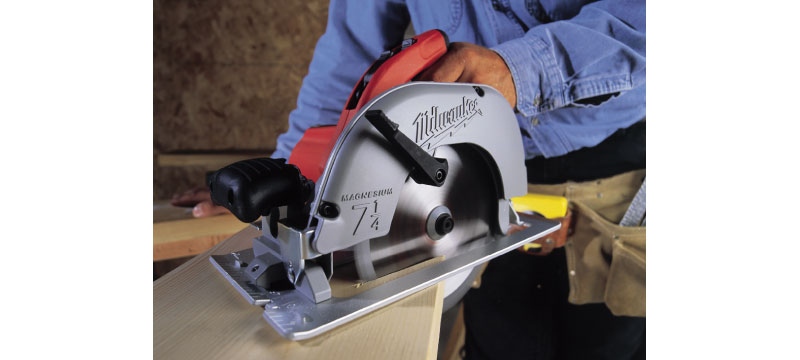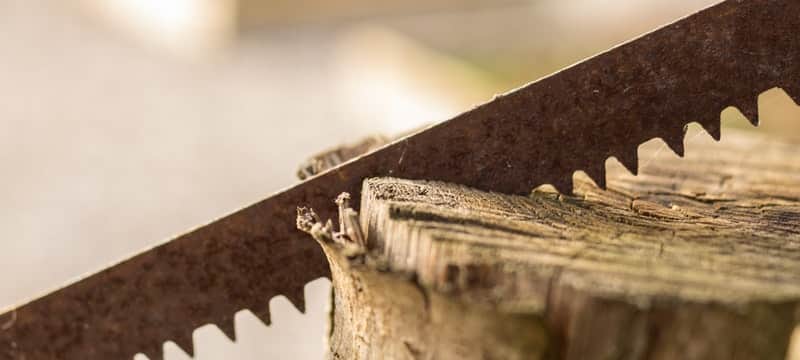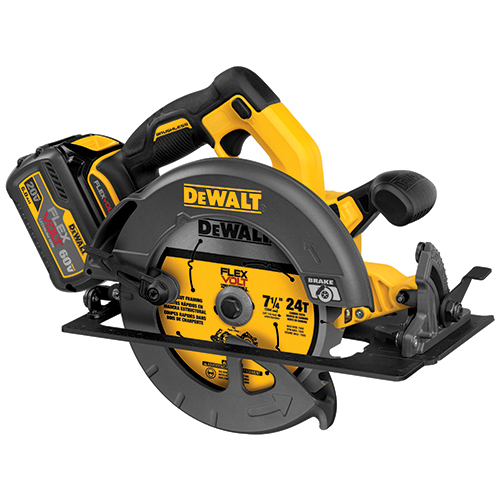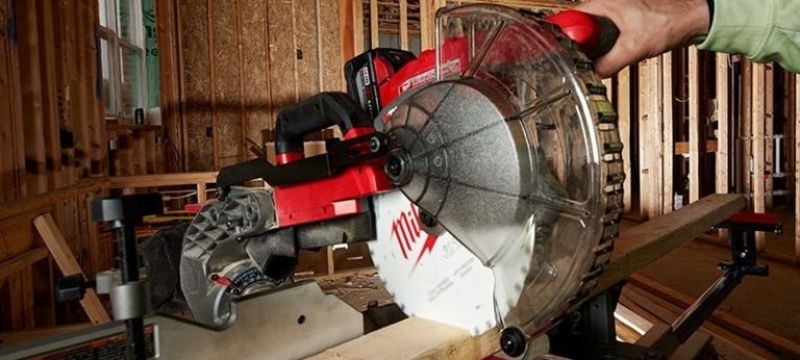Sidewinders? Worm Drives? Hypoids? Oh my!
No, this is not a zoology lesson! It examines circular saw types to decide what’s best for you.
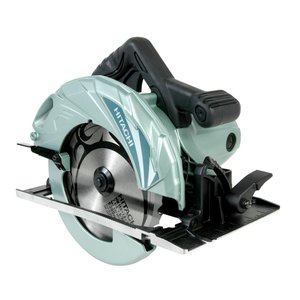
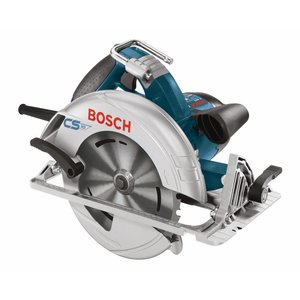
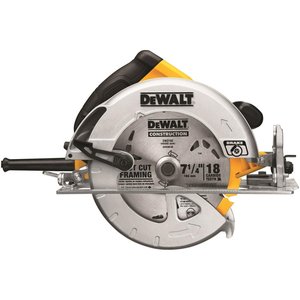
What is a Sidewinder or In-Line Circular Saw.
It’s the most common type, especially in the eastern part of the United States. The sidewinder’s motor is mounted on the side of the saw, making it compact. And, since the engine is typically mounted on the right side, the motor rests on the solid workpiece rather than the cutoff portion. The sidewinder weighs less than the other circular saws, making it ideal for overhead cutting. And, because the motor is in line with the blade, it can create more speed, around 6,000 RPM. Other plusses include going cordless and not adding oil (like with the worm drive, as explained below).
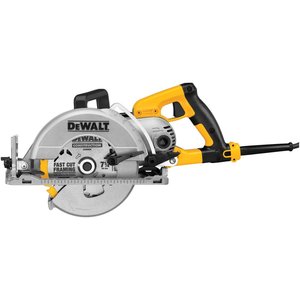
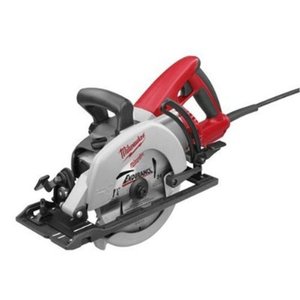
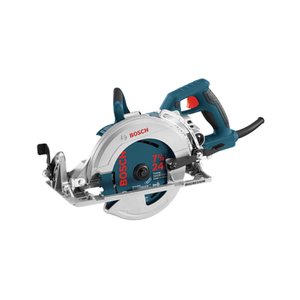
What is a Worm Drive Saw?
A worm drive saw’s motor is mounted toward the back of the tool, making it significantly longer, yet narrower, than a sidewinder. The power is transferred to the blade by two gears situated at a 90-degree angle of each other. While this gear configuration reduces the blade speed (to about 4,500 RPM), it does provide more torque. The length of the saw comes in handy when cutting wider boards. Its shape also makes plunge-cutting easier. This saw does require a bit more maintenance, as oil should be added occasionally.
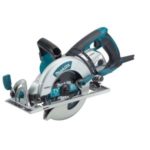
What is a Hypoid Circular saw?
A hypoid circular saw. Often miss-categorized, these saws are sometimes classified as worm drive saws because they look similar. Yes, the hypoid saw also has its motor behind the blade. However, the hypoid saw has an entirely different transmission and gearbox. This saw employs a hypoid gear, a type of spiral bevel gear whose axis is not in line with the axis of a meshing gear. The hypnoid design improves blade contact, boosting power and efficiency while reducing the motor size and noise. Also, unlike worm drive saws, hybrid saws have a sealed motor system and do not require adding oil. There are some similarities between hybrids and worm drives: both yield higher torque than the sidewinders (suitable for cutting dense or wet wood), both usually have their blade on the left side of the motor (ideal for sighting the cut line), and both are heavier than sidewinders.
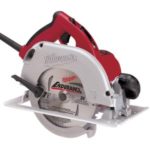
One last consideration: Do you want a saw with a left-side blade (like most sidewinders) or a right-side blade (like most worm drives and hybrids). This depends on personal preference and, to some degree, whether you are right-handed or left-handed. It’s best to put the various saws in your hands and consider sight/cut lines if your wrist must cross over the blade, ease of using two hands, and stability of the saw during the type of cuts you anticipate making.
Now, it’s up to you. One circular saw type is not definitively better than another. It all depends on your application, preference, and style.

